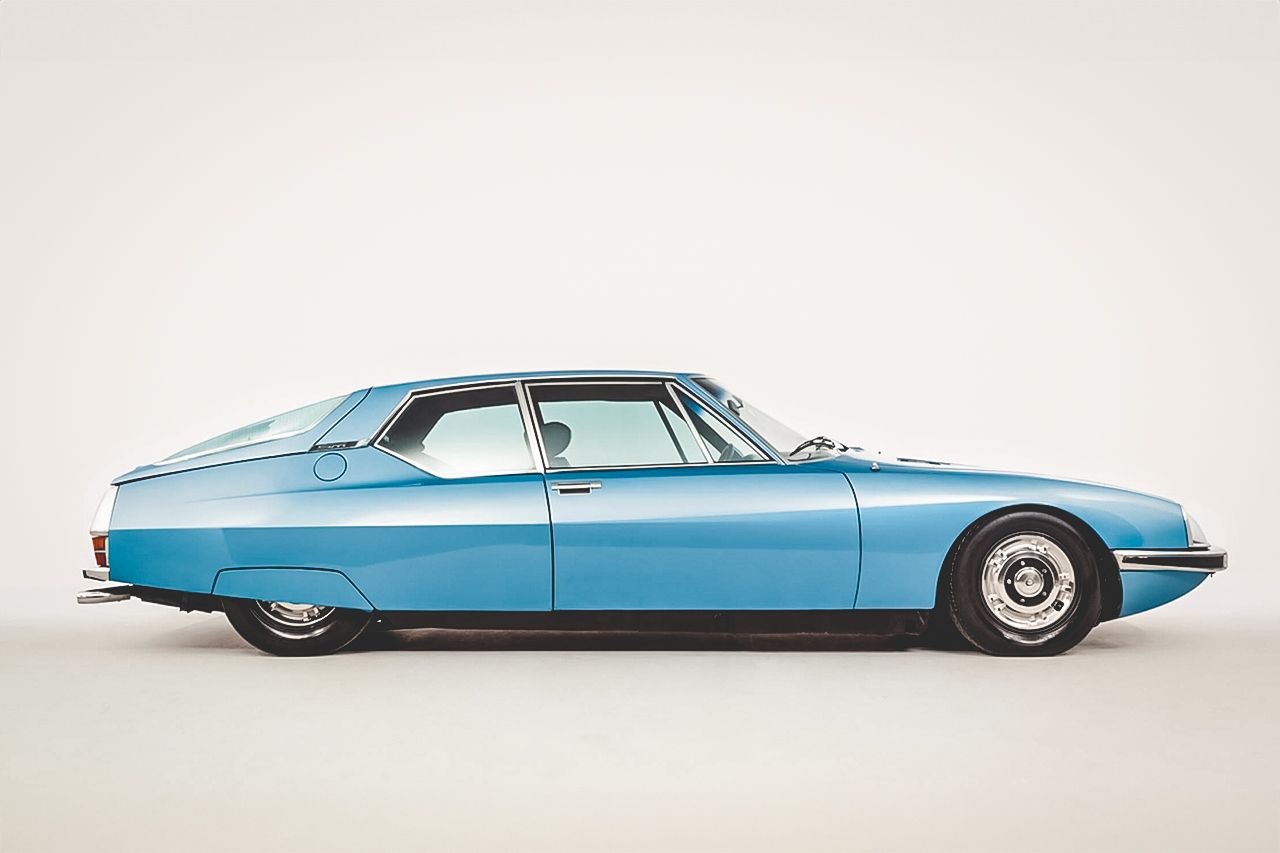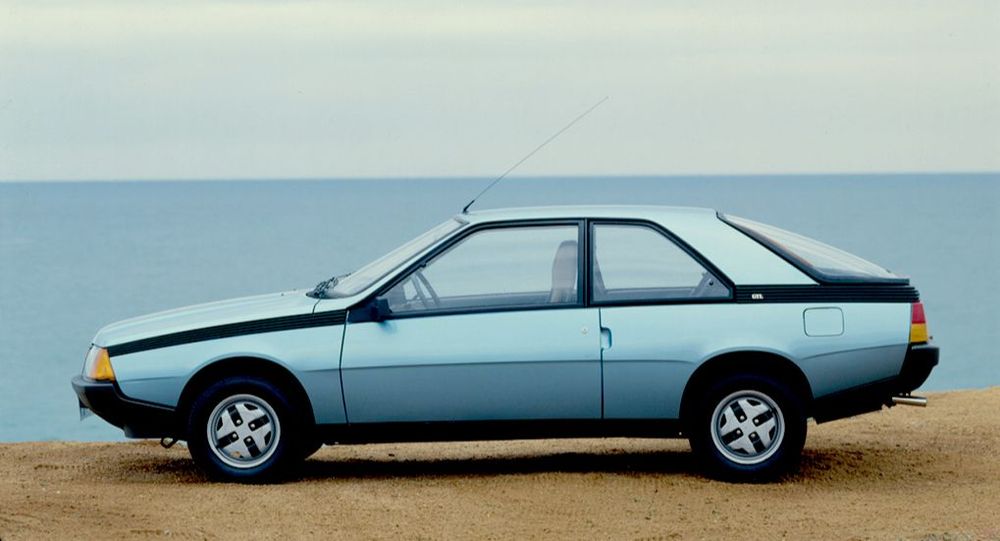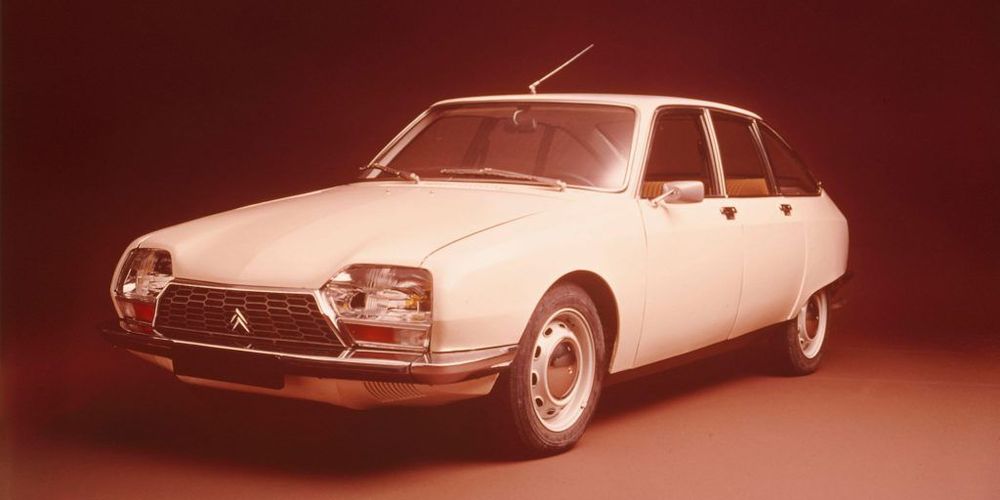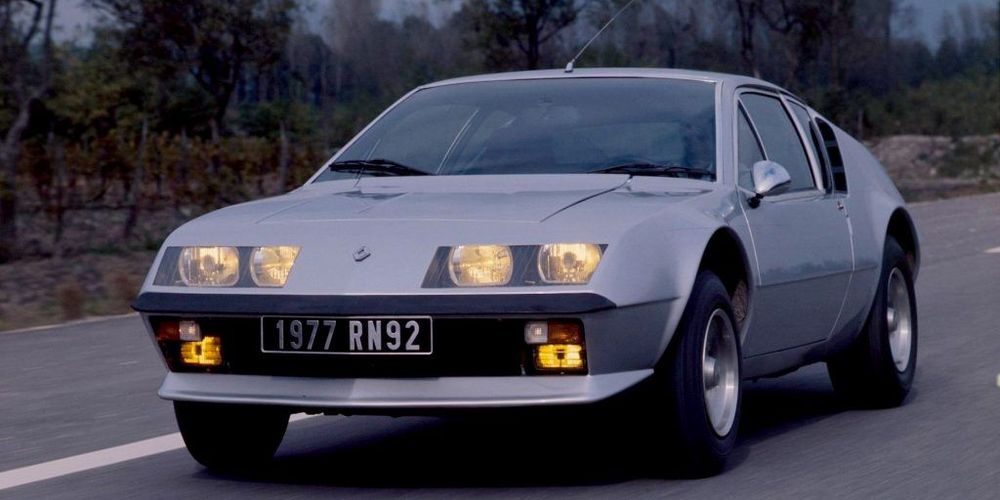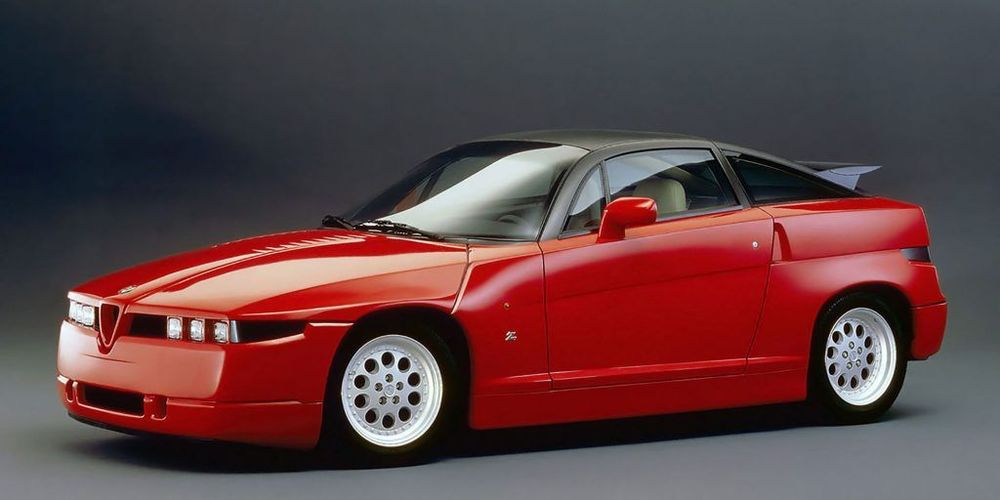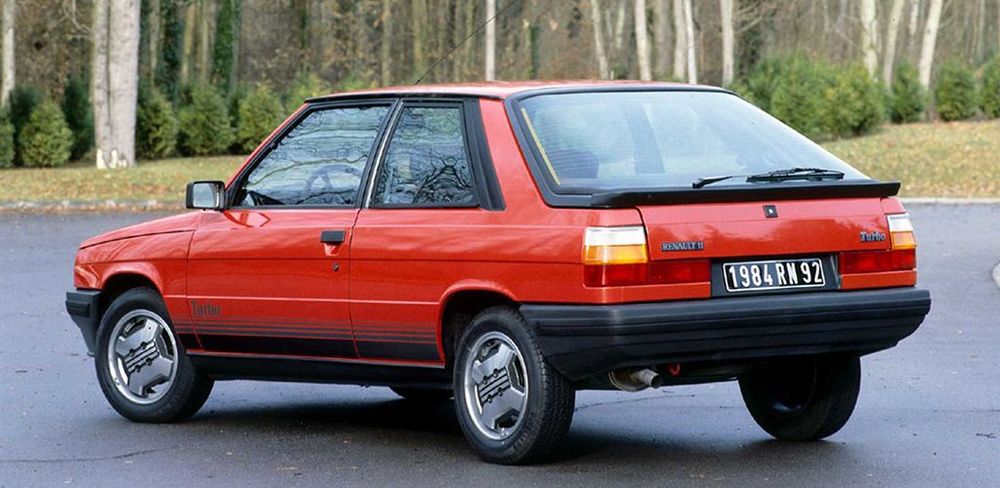The genius of Robert Opron
In design, there is no genius without boldness. In March 2021, the world said goodbye to Robert Opron. Although some of his most striking designs have contributed to the notoriety of his name, there are a number of cars that are true design milestones and that most enthusiasts do not relate to the French designer. When creating something new, you defy expectations and Opron relished that challenge.
Citroën is the brand that we most easily associate with Opron, as it played a decisive role in the brand's history, succeeding the remarkable work of Flaminio Bertoni, author of models such as the Traction Avant, the 2CV, the DS or the AMI.
Opron responded to an ad in the newspaper Le Monde and was called to an interview at Citroën, with Bertoni, to whom he handed over his portfolio.
He would later say that he, in an act of eccentricity, threw his drawings on the floor and began leafing through them with the tip of his cane, at the same time saying “I don’t think your drawings are anything special.”
Outraged, Opron took all the pages and told Bertoni that he found his behavior unacceptable, while he said: “However, I think he is an interesting person…”
Opron left furious, convinced that he would never work with such a personality. However, three weeks later, he would receive a letter confirming his hiring.
The rest is history: the redesign of the DS, the design of the GS and CX, as well as the SM, are the most emblematic examples of his time at Citroën.
A new stage followed, at Renault, where he created, in collaboration with Peter Stevens, the Alpine A310. Later, he created the Fuego and the Renault 9 and 11, in addition to collaborating with Giugiaro on the design of the Renault 21 and 19.
One of his last and most charismatic creations was made at the service of Fiat's Centro Stile: the Alfa Romeo SZ, also known as “Il Mostro”. Opron will have created the first sketches, with Antonio Castellana responsible for finishing them.
From 1991 onwards, Opron worked with an independent consultant. He retired in 2000 and enjoyed his rest until March 29th.
Robert Opron is remembered by his peers, not only for his creative genius, but for his versatility and ability to adapt to the style of each of the brands he worked for, never overlapping his identity with that of the builder.



